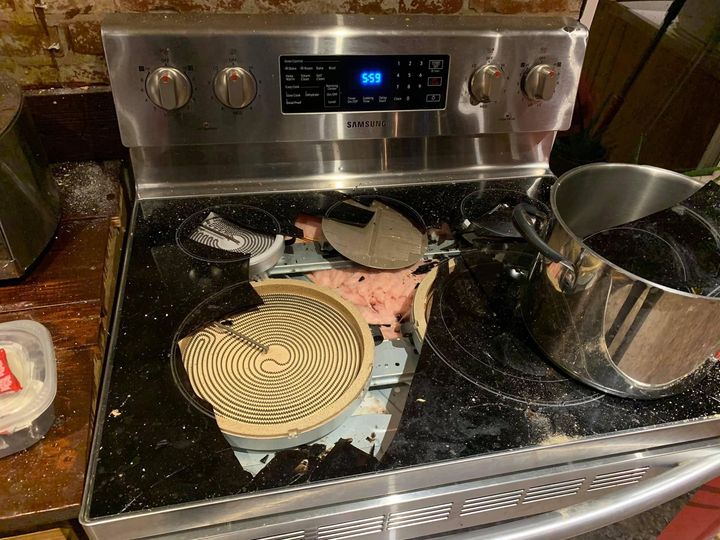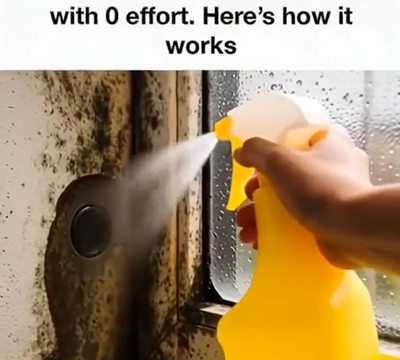Glass top stoves are a popular choice for modern kitchens, offering a sleek, minimalist look that complements any décor. Their smooth, flat surfaces are not only visually appealing but also make cleaning a breeze compared to traditional coil burners. However, these stoves, despite their polished appearance, come with unique risks that homeowners often overlook. A single, seemingly harmless mistake could lead to a shattered cooktop, turning your kitchen centerpiece into a costly and dangerous hazard.

The Allure and Risks of Glass Top Stoves
Glass top stoves have gained popularity for their clean, streamlined design and ease of maintenance. Unlike stoves with coil burners, glass tops eliminate crevices where food and spills can collect, simplifying cleanup and keeping kitchens looking spotless. The tempered glass used in these cooktops is designed to withstand high heat and heavy use. However, while durable, tempered glass isn’t indestructible. Under certain conditions, it can crack or even shatter, making it crucial for homeowners to understand the risks and handle their stoves carefully.
Why Placing Hot Lids on Glass Tops Is a Recipe for Disaster
One of the most common mistakes that can damage a glass top stove is placing a hot lid facedown on the surface. While this may seem harmless, it can cause significant damage due to the creation of a vacuum seal. Here’s why it happens and why it’s a problem:
- Vacuum Seal Formation: When a hot lid is placed directly on the glass, the heat becomes trapped between the lid and the cooktop. This trapped heat creates a vacuum seal, causing the lid to stick tightly to the glass.
- Pressure Buildup and Cracking: As the cooktop cools, the trapped heat creates a pressure difference that stresses the glass. This pressure can lead to cracking, often forming a spiderweb-like pattern across the surface. These cracks compromise both the appearance and structural integrity of the stove.
While it might seem like a small oversight, this simple action can result in costly repairs or even require a full cooktop replacement.
The Risks of Cooking on a Cracked Glass Top
A cracked glass top stove isn’t just an eyesore; it’s also a serious safety concern. Continuing to use a cracked cooktop can lead to dangerous consequences:
- Safety Hazards: Cracked glass is structurally weakened and may shatter completely under the stress of heat or weight. If this happens, sharp glass shards can scatter, posing a risk of serious injury.
- Inefficient Heating: Cracks can disrupt the stove’s heating elements, causing uneven cooking or even electrical short circuits. This not only affects your cooking but also increases the risk of a fire.
Given these risks, it’s essential to address any cracks immediately and avoid using the stove until the issue is resolved.
Tips to Protect Your Glass Top Stove
Preventing damage to your glass cooktop is much easier—and less expensive—than dealing with repairs or replacements. By following these simple precautions, you can extend the life of your stove and maintain its stylish appearance:
- Avoid Placing Hot Lids on the Surface: Always place hot lids on a heat-resistant trivet or a cool countertop instead of directly on the cooktop. This simple habit can prevent vacuum seals and reduce the risk of cracking.
- Use Appropriate Cookware: Opt for pots and pans with flat, smooth bottoms to avoid scratching the glass. Heavy cookware like cast iron should be handled carefully to prevent accidental drops that could crack the surface.
- Clean Regularly: Wipe down the cooktop after every use with a soft cloth and non-abrasive cleaner. Even small particles of food or debris can cause scratches when trapped under cookware, weakening the glass over time.
What to Do If You Spot a Crack
If you notice a crack in your glass top stove, it’s crucial to act quickly. Using a cracked cooktop increases the risk of a complete shatter, which could be both costly and dangerous. Here’s what to do:
- Inspect the Damage: Assess the crack’s size and depth. Small, surface-level cracks might be repairable, but larger or deeper ones often require replacing the entire cooktop.
- Contact a Professional: A repair technician can evaluate the damage and advise whether repair or replacement is necessary. For extensive cracks, replacing the glass top is usually the safest and most effective solution.
Final Thoughts: Keep Your Glass Top Stove Safe
Glass top stoves are a beautiful and functional addition to any kitchen, but they require mindful care to avoid damage. By understanding the risks—such as placing hot lids on the surface—and adopting simple preventive measures, you can protect your cooktop and enjoy its benefits for years to come.
Small habits, like using the right cookware, cleaning regularly, and avoiding actions that create vacuum seals, can go a long way in preserving the integrity of your glass stove. If you notice any signs of damage, take immediate action to address the issue before it worsens.
With proper care, your glass top stove can remain a safe, efficient, and stylish centerpiece in your kitchen. By staying vigilant and following these tips, you’ll not only prevent costly mishaps but also keep your cooking experience enjoyable and worry-free.





